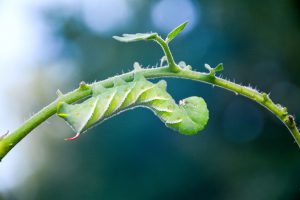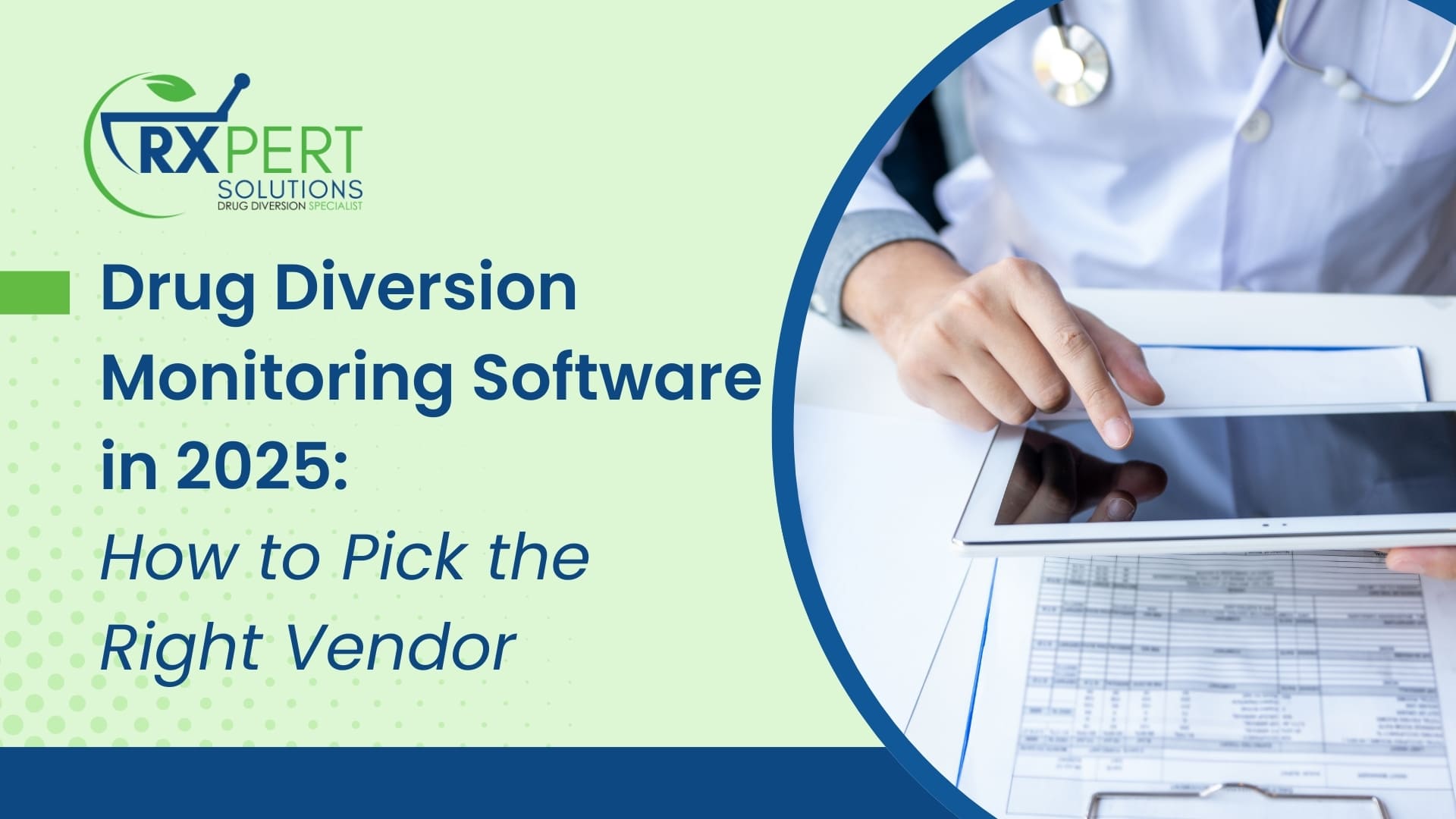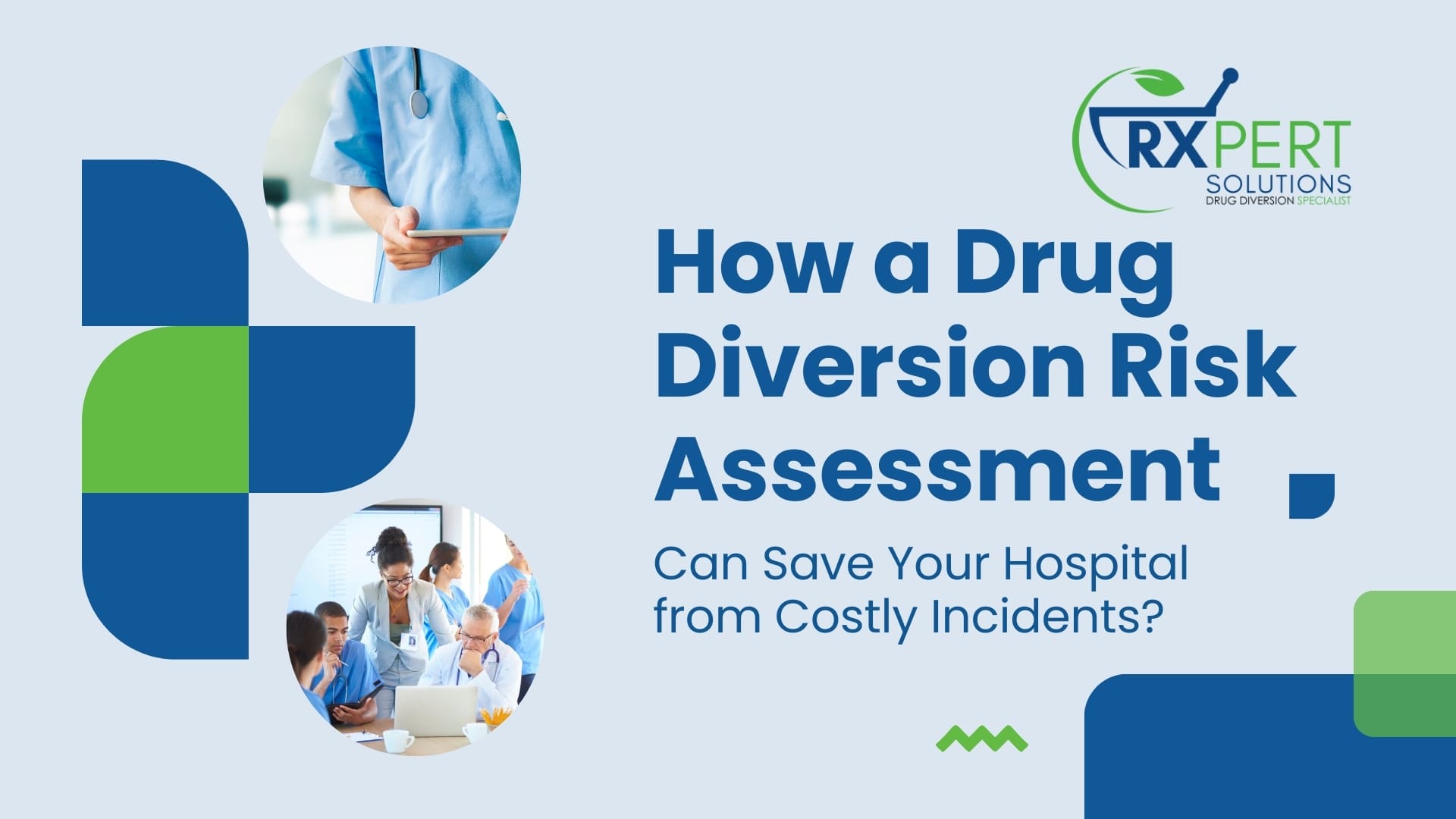I was in my vegetable garden this morning searching for the worms eating my tomato and mint leaves. For those of you who have ever grown tomatoes, you probably know what I’m talking about. I’ve known about those pesky tomato hornworms since my first tomato planting years ago but had no idea there were worms that ate mint leaves as well! As I was in my garden during the early morning, it struck me that the garden is like our healthcare facility, and the harvest represents a good patient outcome.
Controlled substance drug diversion detection is a lot like tomato hornworm detection.
- Both will cause a lot of harm if left unchecked
- Both can be hard to detect because they blend in well with their surroundings
- The longer they go undetected, the bigger and bolder they become
- They require a proactive approach to detect them
- There is more than one way to go about finding them
- If you find them early on, you can minimize the damage
- It takes patience and persistence to find them
- Detection is a very tedious process
- When one is found it is rewarding. You have made your hospital a safer place and increased the chance of a better harvest. (The similarity ends here because the addict can now get some help, but the hornworm probably won’t live to see another day!)
If you haven’t already, get started with a controlled substance diversion detection program. I can guarantee you, the diverters are out there. At first, you may not notice, but as time goes on, the damage becomes more extensive. What you want to avoid is a diverter that has been allowed to go unchecked for so long that it culminates in patient harm. Ignore the gardenand one day you may look out your kitchen window as I did during last year’s planting, and you will see a hornwom so large it can be seen clearly from the window. Don’t repeat my garden mistake within your facility. Devote time to proactive monitoring using various approaches and keep your garden producing a healthy harvest.






